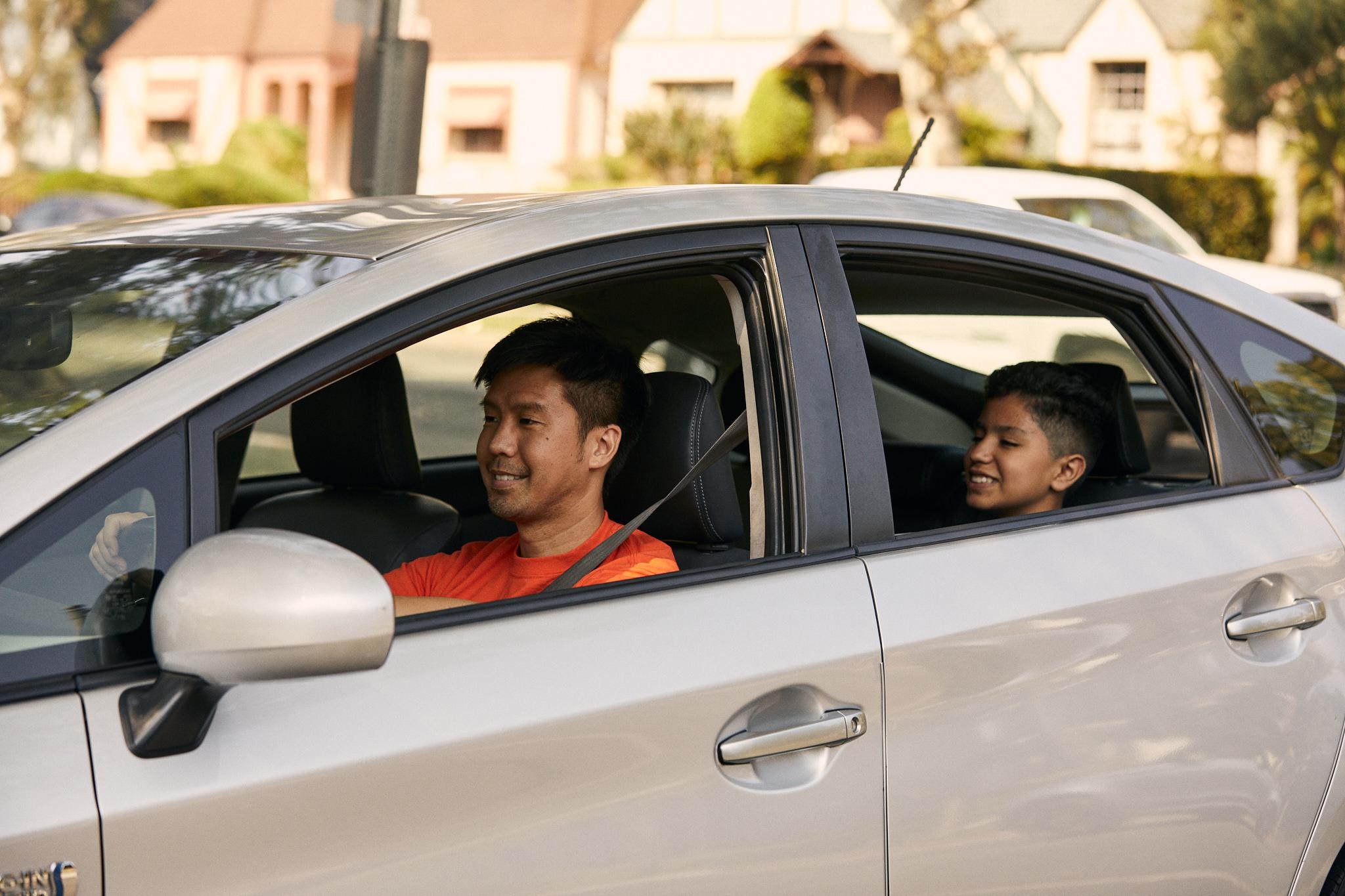Insights into current chronic absenteeism data
The COVID-19 pandemic sparked a wave of educational disengagement that educators are still working tirelessly to fix. While some school districts have implemented incentives like pizza parties and morning wake-up calls to get students back on track, fresh ideas and coordinated efforts are needed to effectively tackle the issue of chronic absenteeism.
Students are considered chronically absent when they miss 10% or more of their school days.
Recently released data from California, Missouri, and Washington, D.C., shed light on the widespread nature of this issue.
In California, 25% of students were chronically absent during the 2022–2023 school year.
States like Missouri — where only 76.6% of students attended school 90% of the time during the last school year — are experiencing similar challenges.
In Washington, D.C., nearly 43% of students were chronically absent during the 2022–2023 school year, with 60% of high school students missing weeks of school.
HopSkipDrive’s mission is to create opportunity for all through mobility, which serves to address one of the most critical factors related to student attendance and engagement: equitable, accessible transportation. By partnering with school districts, counties, charter schools, and continuing education institutions, HopSkipDrive provides transportation solutions to help meet the unique needs of all students, fostering a more inclusive and supportive educational environment.
Let’s unpack some key takeaways from the country’s recent chronic absenteeism data, and consider how innovative transportation solutions can help bridge the gap to support consistent school attendance.
Chronic absenteeism rates are still above pre-pandemic levels
Despite improving in 33 U.S. states, chronic absenteeism in K–12 schools remains about 75% above pre-pandemic levels nationwide. Some research shows that schools won’t recover from chronic absenteeism until at least 2030 without targeted interventions to address this issue.
Students who are continuously absent from school are at an increased risk of educational challenges, highlighting the need for swift action. Chronic absenteeism as early as sixth grade is even an early indicator that a student will drop out of high school.
Schools serving socioeconomically disadvantaged students face higher rates of chronic absenteeism
California’s School Dashboard data highlights the growing disparity in chronic absenteeism rates between schools serving socioeconomically (SED) disadvantaged students and affluent schools. The most recent numbers from 2023 show that schools in which 75% of students are from SED backgrounds face chronic absenteeism levels of about 60% compared to a 2% rate for affluent schools.
Limited access to transportation plays a significant role in widening this gap. Students who lack access to private transportation are being disproportionately affected, which is hindering their ability to consistently attend school.
Some student populations face additional barriers to attendance
Another issue underscored by California’s School Dashboard data is the specific challenges encountered by youth facing inequities in their communities. In California school districts where Hispanic and Latino students make up 56% of the student population, around 65% were chronically absent in 2022–2023. Students with disabilities and youth experiencing homelessness also had alarmingly high rates.
Students in these populations are disproportionately affected by numerous issues that can interfere with their ability to attend school, including unreliable transportation, housing insecurity, lack of comprehensive health care, and bullying.
The University of Pennsylvania ranks reliable transportation among the most crucial components to combating the chronic absenteeism crisis. In recent research, the university suggested that transportation solutions be included in the first tier of strategies aimed at addressing chronic absenteeism, given its significant impact on the ability for students to consistently get to, and attend, school.
Attendance issues are slowly improving, but there’s more work to do
New data from 2023 shows that attendance rates are improving in many states. For example, D.C. public schools saw chronic absenteeism drop from 42.5% to 41.3% between the last two school years. But these improvements aren’t enough to rival pre-pandemic attendance rates, which were already deeply troubling.
School districts need targeted interventions to address the critical barriers students and families face when it comes to getting to and from school every day.
HopSkipDrive: A partner in tackling chronic absenteeism
Providing safe, reliable transportation was highlighted as a top strategy to reduce chronic absenteeism in a March 2022 EdResearch for Recovery brief, which aimed to provide K–12 education decision makers and advocates with an evidence-based suggestions on how to best serve students.
HopSkipDrive is taking a different approach to arranging safe, reliable transportation that meets needs that aren’t being addressed by the current system. We complement traditional yellow school buses — we don’t replace them — by offering trusted and dependable transportation solutions that help improve attendance rates so all students can access their education effectively.
Interested in learning more about how HopSkipDrive can provide reliable transportation solutions to address attendance challenges in your community?


